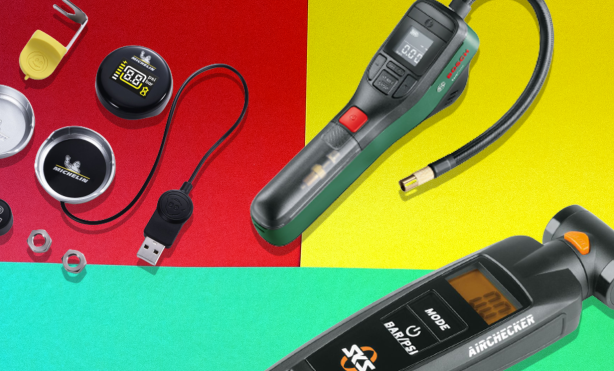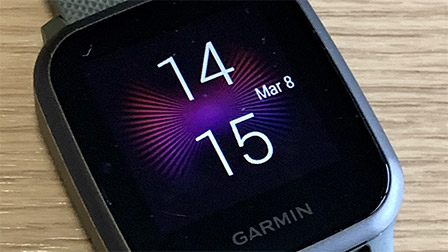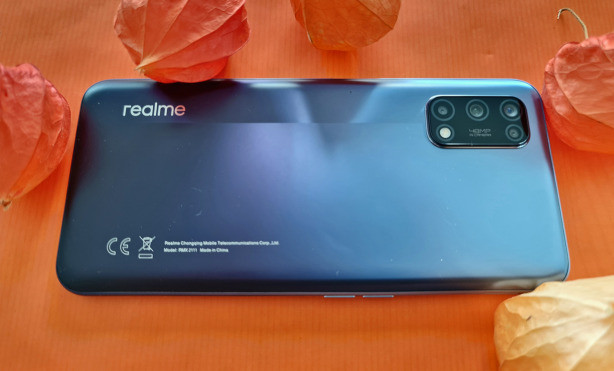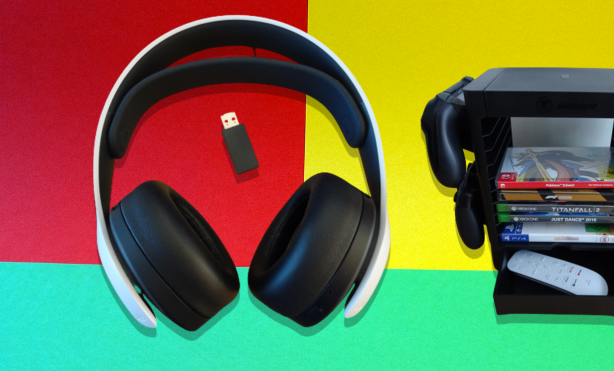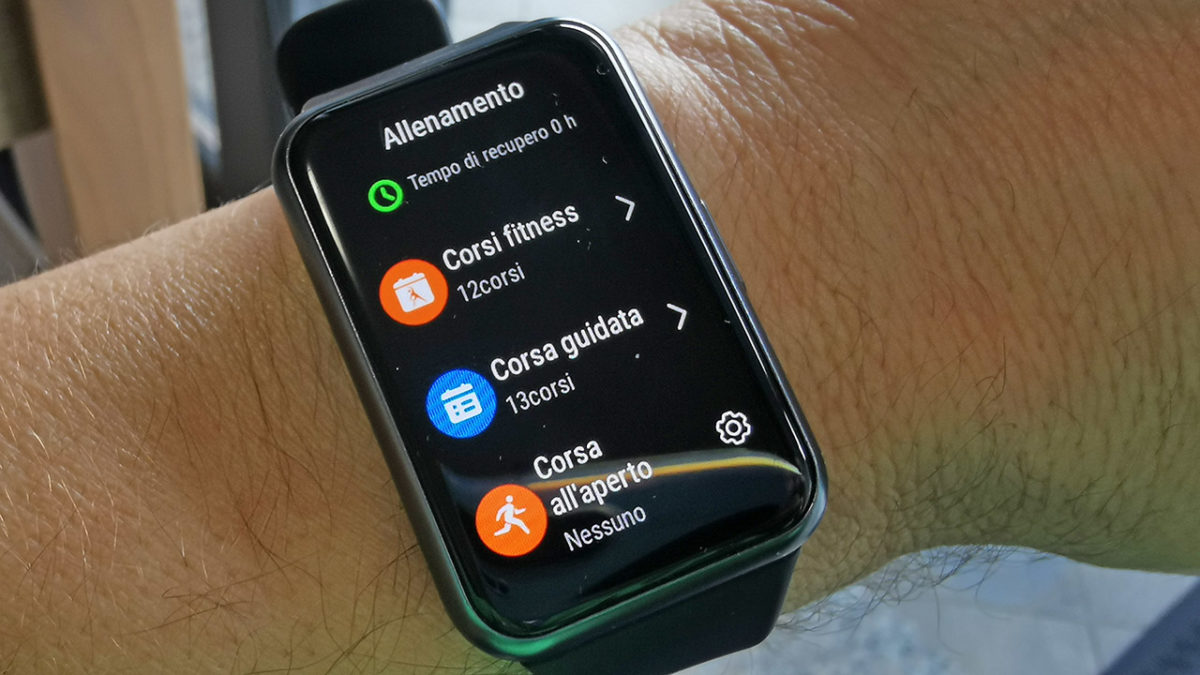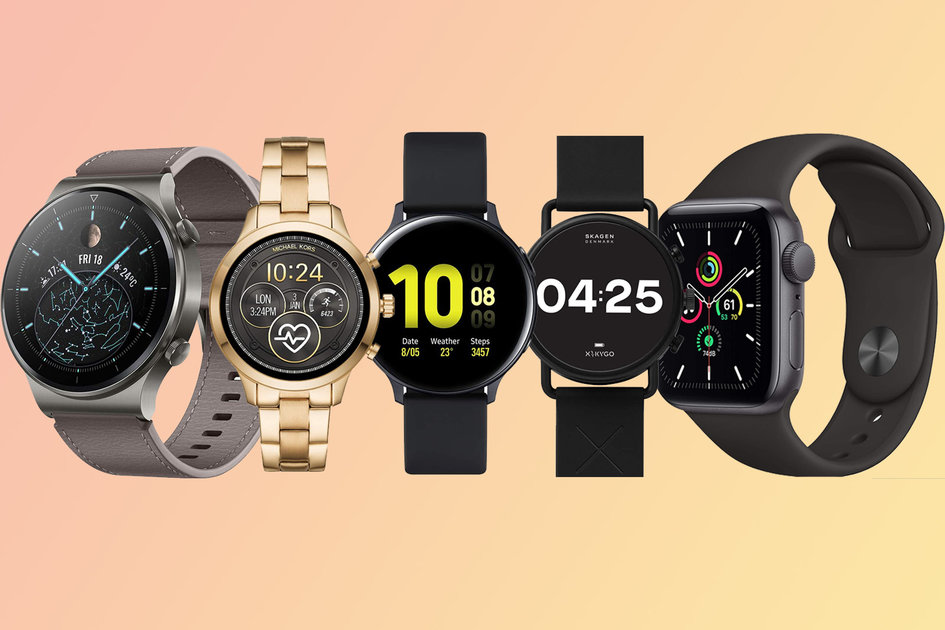Testing Tests overview Smartphone Asus ROG Phone 3 in the test: Perfect gaming smartphone LG Wing in the test: 1, 5 displays and gimbal cam Nokia 3.4 in the test: update promise for little money Smartphone Realme 7 in the test: 90 Hertz at the saver price Realme 7 Pro in the test: OLED display and 65 – Watt loading Huawei Mate 40 Pro in the test: Great, but without Google Samsung Galaxy M 21 Test: Solid Langl Buyer at budget price Smartwatch Samsung Galaxy Watch 3 in the test: competition for Apple? Huawei Watch GT 2 Pro im Test: Smartwatch with cross-country battery Apple Watch: Smartwatch with contract from 15 € per month Buy Apple Watch 6: All generations in the price check Skagen Falster 3 in the test: Smartwatch with Wear OS Test Huawei Watch GT 2: Noble fitness tracker in watch form Huawei Watch GT in the test: Record-breaking battery life Multiroom Bose Portable Home Speaker in the test: battery, WLAN, Airplay 2 Sonos Move in the test: The robust all-rounder Musiccast: Multiroom from Yamaha in the test Denon Heos im Test: versatile multiroom system flat soundbar Teufel Sounddeck Streaming in the test Teufel Raumfeld in the test: rich multiroom sound Technisat Digitradio 580 in the test: The gray all-rounder Keyfinder Tile Slim (2019): Key finder in credit card format Bluetooth key finder Tile Pro in the test: 122 m range! Key finder Tile Pro in the test: the range champion Orbit Bluetooth tracker in the test: looking for wallet and keys Non because iHere 3.0: smart key finder under test Chipolo Classic and Plus: Bluetooth key finder under test Musegear finder 2: Keyfinder without mandatory registration Action-Cam DJI Pocket 2 in the test: Zoom and 64 – Megapixel sensor Actioncam Insta 360 One R: 1-inch image sensor in the test Gopro Hero 8 Black in the test: Back to the top Insta 360 One R in the test: The modular action cam Motorola Moto G8 Plus test: Great smartphone, but … Insta 360 Go: Micro-GoPro in the test Motorola One Action Test: Good hardware, bad camera microSD In the test: Kingston UHS-I U3 microSDXC Kit MicroSD card for smartphone: Samsung Evo Plus 2017 Test report: Lexar Professional 1800 x microSDXC Kit Test report: Intenso Premium microSDXC card with 64 GByte Android Sonos Move in the test: The robust all-rounder Honor 20: Inexpensive high-end smartphone in the test Xiaomi Mi 9: Top technology at a bargain price Doogee S 90 in the test: modular outdoor smartphone ZTE Axon 10 Pro in the test: high-end phone at a competitive price Motorola Moto G7 Power in the test: large battery, small price Sony Xperia 10: Smartphone with 21: 9 -Display under test Counselor Advisor overview Purchase advice Sc bargain: which Fire TV stick from 19 € is the right one? Purchase advice: What good is a leaf blower with a battery for 45 Euro? True wireless headphones: How much must you invest? Purchase advice water cooling: High-end PCs cool better Adviser: Air conditioning and fan against the heat wave Sony shows the Xperia 1: It is now worth it Predecessor XZ3? Purchase advice: Current headphones with ANC to 400 Euro Practice Caution, money away: Kickstarter & Co. are not shops Android notifications from annoying apps switch off This is how it works: Install the new Android L keyboard now Tip: “Ok Google everywhere “in Germany In the test: Does the jailbreak work for iOS 7.1? Goderma and mobile medicine: The doctors apps are coming! Instructions: Jailbreak for iOS 7 on iPhone 5S, 5, 4S and 4 Technology Importing technology from China, part 2: Customs, taxes and tricks Drones & copters: From toys to FPV racers What does the end of an ecosystem mean? Smartphones with a flexible display: What’s the point? Smartphone- Processors at a glance: Everything Snapdragon? Evolutionary dead ends: the very worst cell phones mpass: Pay with the NFC mobile phone – or the NFC toilet roll Display calculator Calculate pixel density, number and display proportion Best list Test winner Price comparison Price comparison overview Smartphones from Android 7.0 Phablets with stylus Fitness tracker with GPS Bluetooth headphones with ANR Drones with GPS Video TechStage Advisor Advisor: Air pressure Knife for motorcycles & Co Beginning Oxford Air … SKS … Topeak Smart … Autmor TPMS … Michelin … Bosch Easy Pump … Osram … Conclusion Comments Image: Bosch, Michelin, SKS
by Ingo // 14. 12. 2020 16: 32 Clock
The correct tire pressure plays an important role. It’s easy to check at home. TechStage shows cheap and expensive devices for this.
When motorcycle manufacturers develop new models, they use a complex process to determine the optimal tire pressure. The recommended values for the front and rear tires should be strictly adhered to, this is the only way to keep the motorcycle manageable, regardless of whether it is accelerating, braking, banking, or at top speed. The contact area of a motorcycle tire on the road is just the size of a hen’s egg, it has to absorb enormous forces and interlock reliably with the asphalt surface – but it can only do that with the correct tire inflation pressure. If you drive with the wrong air pressure, you endanger yourself and others, because in extreme cases you can fall. But even just a little too low tire pressure leads to higher fuel consumption and causes the rubber to wear out faster. In addition, handling deteriorates and the braking distance becomes longer.
An air pressure check should take place at least every two weeks, preferably even before each trip. Measurements are generally taken when the tire is cold, because the air pressure increases in the warm tire. Air pressure gauges at petrol stations are often imprecise and therefore only help to a limited extent. It is much better to either have a good test device at home or permanent electronic monitoring on the motorcycle. The advantage of a separate test device is that it can be used for all other vehicles with an auto valve. In addition to the bike, the car, caravan or mountain bike always have the correct air pressure.
The article appears in our motorcycle theme world. There we already presented communication devices for bikes (advice), motorcycle sat navs like the Garmin Zumo XT (test report) or cheaper alternatives like the TomTom Rider 550 (Review) tested. We also provide ten gift tips for motorcyclists (articles).
Oxford Air Gauge The Oxford Air Gauge works in his black plastic housing is not exactly high quality, but delivers good results. It determines the air pressure with only minimal deviations and that is ultimately the main criterion. The right angle of the connection is also pleasant, so that you can easily reach the valve between the spokes of the rim. However, the Oxford Air Gauge gets stuck on some wheels when you pull it off the valve, so that some air escapes and you have to pump air again if in doubt. The measuring range extends to 10, 0 bar and can be switched to PSI. The digital display is unfortunately not illuminated, but it is easy to read in normal lighting conditions. When the measurement is finished, it switches itself off after a few seconds, so that the battery is conserved.
The Oxford Air Gauge is a solid and inexpensive air pressure gauge. Not for upscale professional demands, but proof that inexpensive devices can deliver good results.
SKS air pressure meter Also in a plastic case, but purely optically more valuable than the Oxford Air Gauge is the air pressure meter from SKS Germany. It lies well in the hand and only weighs 54 grams. The head can be rotated, which makes it much easier to put on the valve and it offers inputs for both motorcycle / car valves and for Presta valves on bicycles. The measurement is accurate, rarely the deviation is more than 0, 05 bar. The background of the digital display is illuminated and makes it easier to read. A practical button is used to deflate the air if too much has been pumped into the tire, the display is in real time. The unit of measurement goes up to 10, 0 bar and can be switched to PSI. The battery charge level is shown as a symbol and the digital display switches itself off after a while.
The SKS air pressure meter is comparatively cheap, offers good equipment and sufficiently accurate measurement results.
Topeak Smart Gauge D2 The Topeak Smart Gauge D2 is a real hand flatterer. The compact device impresses with its good equipment. The head is over 180 degrees, so that it can easily reach the valve between the spokes. The user switches between the valve sizes (motorcycle or bicycle) with a slide, and another button is used to deflate. The Smart Gauge D2 measures very precisely, and the large display is easy to read. It can be up to 17, measure 0 bar , even if this pressure would blow every motorcycle tire. The buttons for operating the menu are a bit small, but still acceptable to use. The pressure can optionally be shown in bar, PSI and in kg / cm2. An acoustic signal sounds when the measurement is completed.
The Topeak Smart Gauge D2 knows how to please with precise measurements and good features. Thanks to its compact dimensions of 07, 2 x 4.5 x 3.5 millimeters, it fits in almost every jacket pocket and can be carried on the tour.
Autmor TPMS tire pressure monitoring system The Autmor TPMS tire pressure control system differs from the other measuring devices shown so far. It consists of valve caps that are screwed on and then permanently transmit tire pressure and temperature to the receiver. The temperature measurement turns out to be inaccurate and usually shows too little. To do this, the pressure readings are precisely transmitted to the illuminated display. This can be attached to the handlebars or in the cockpit. It permanently shows the data from the front and rear tires in real time. The tire pressure monitoring system switches on as soon as the tire rotates, but it takes a few seconds before the current value is displayed. If the pressure or temperature deviates from the preselected value, the control system triggers an alarm. The units of measurement can be switched between degrees Celsius and Fahrenheit as well as bar and PSI. The housing of the display is waterproof and is either glued or screwed to the motorcycle, but the supposedly theft-proof screw turns out to be a normal lock nut. The manufacturer promises a battery life of at least two years.
The Autmor TPMS tire pressure control system shows the air pressure of both tires while driving. The temperature information is more a guide than an exact value.
Michelin tire pressure control system Tire giant Michelin delivers an alternative to the automobile -System. The tire pressure control system for motorcycles transmits the data to the round display, which is located with a bracket on the handlebar, in the cockpit or can be attached to the cladding. Unfortunately, the magnet and adhesive tape are not particularly strong, so the bracket should be as horizontal as possible. The information for both tires in the easy-to-read display is precise with only minor deviations. The Michelin system works with the so-called SAS system, which automatically performs the calibration and radio connection between the sensor and the display. Unfortunately, the small batteries in the pressure sensors cannot be replaced, but they are supposed to last for at least three years. The individual sensors can be bought later, they cost around 24 Euro the Piece.
The Michelin tire pressure monitoring system is a very practical system that gives the driver permanent security about the air pressure in the tires.
Bosch Easy Pump battery Who not only measure, but if necessary immediately still want to inflate, you should take a look at the Bosch Easy Pump battery. The device not only measures the pressure in the tire very accurately, it is also a compressor. Thanks to an integrated battery, it can hold up to 10, pump 3 bar into the tire. The flexible hose is 20 Centimeters long and can be easily connect to the motorcycle valve. The user can preselect the desired pressure in the digital and illuminated display and the Easy Pump battery switches off automatically when the pressure is reached. The battery is charged practically via USB-C. In addition, there are various adapters for bicycle, ball and air mattress valves in the handle. Due to its length of 215 millimeters and its weight of 423 Gram, it is rather unsuitable for motorcycle tours, but performs very well in the home garage, in the trunk or in the caravan.
With Easy Pump, Bosch offers a fascinating little battery pump with an accurate pressure display. If you want to make your life much easier, you can hardly avoid the Easy Pump.
Osram Tyreinflate 450 An alternative to the Bosch device comes from Osram. The Osram Tyreinflate 450 can be accessed via a 12 – Operate the volt charging socket and inflate tires in a short time. The digital display not only shows the current tire pressure, but the desired value can also be preselected there. A bar display provides information about the increasing pressure in the tire. The Osram Tyreinflate 450 has an automatic stop function as soon as the value is reached and can pump up to 5.5 bar pressure. The 65 Centimeter long, flexible hose reaches every motorcycle valve that 330 Centimeter long power cable is neatly wound up in the housing. Valve adapters for motorcycle / car, bicycle and balls are included.
Osram offers here with the Tyreinflate 423 a compact and practical device to check the tire pressure and at the push of a button to correct.
Conclusion Motorcyclists know how vital the correct air pressure is. It helps if you don’t have to rely on the devices at petrol stations, but have one that you can use and that always shows the same information. The wireless measuring systems are also a practical aid, as they automatically display the important information in the cockpit.
If you have more space, you should also use the Bosch Easy Pump or the Osram Tyreinflate 450 invest. Then you not only have a precise check of the pressure, but can also inflate on site if necessary. The fact that the devices also inflate bicycles, balls or air mattresses is a nice bonus that makes them perfect for a trip to the lake or as a companion in the caravan. We show alternatives to the two pumps in the article Mobile electric air pumps from Xiaomi & Co. in comparison.
Permalink: https://techstage.de/-3953980
Tags
E-Bike Gadget Motorcycle Garmin Instinct Esports in the test: sports watch for gamers
